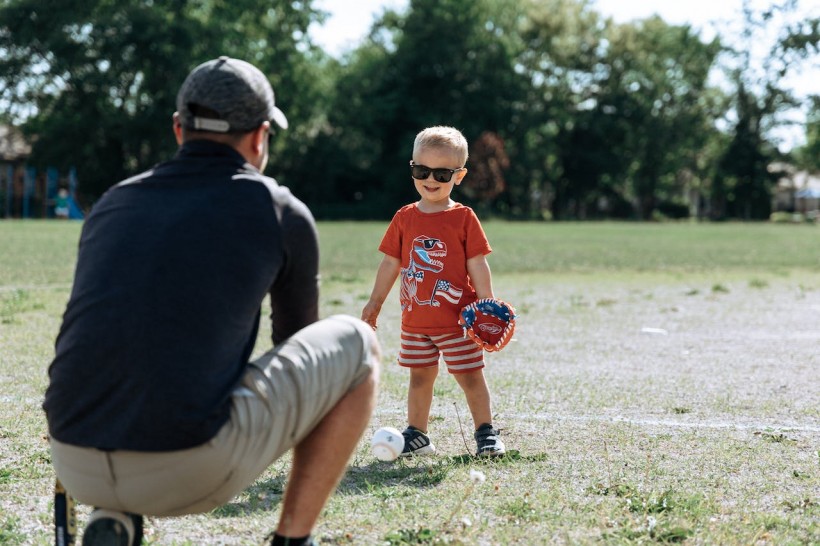Eye on the Ball: The Importance of Eye Protection in Kids' Sports

If you've got your kid playing sports, you're probably thinking of all the benefits it can give them. It can keep them in good health by strengthening their bones and muscles, enhancing their coordination and balance, and improving their self-confidence.
However, you must also be aware of the risks included in sports participation—including eye injuries. The US alone recorded 32,000 sports-related eye injuries in 2022. The highest rate of injuries in kids aged 0-14 occurred in water sports like swimming. Examples of sports eye injuries include blunt trauma, eye infections, and penetrating wounds.
This only emphasizes the need for eye protection in kids' sports. Let's dive deeper into the value of protective eyewear and how you can better safeguard your kids' eyes:
The Importance of Eye Protection in Kids' Sports
Protection Against UV Damage
Many popular kids' sports are held outdoors, including baseball and track and field. These expose their eyes to the sun's UV rays, putting them at a higher risk for sunburn in their eyes (called photokeratitis). This can cause pain and discomfort, affecting their sports performance and overall well-being. UV rays can also modify their eyes' lens proteins, leading to vision loss later in life that can prevent them from doing sports. That makes sun safety absolutely necessary for your child as they play.
Reduced Obstructions to Vision
Dust and debris can enter your kid's eyes while they're running after an opponent or playing in strong winds. This can scratch the surface of their eyes, leading to pain. It can also distract them from the game, preventing them from catching a ball or seeing clearly. That puts them at increased risk of accidents and can potentially result in blunt trauma to the eye. Proper eye protection can reduce obstructions to vision, keeping kids safer while playing.
How to Improve Eye Protection in Kids' Sports
Understand the risks posed by different sports.
By learning more about the potential eye risks in your kid's sport of choice, you can educate your child about the best practices they can follow to prevent them and better prepare for injuries. For example, you may be able to encourage your kid to avoid participating in tackle football, where they may be especially prone to injury due to the amount of physical contact the sport requires. Instead, you can push them toward less involved sports like table tennis. After familiarizing yourself with these risks, you can start preparing with tools like first aid kits that you or your child can bring to games or training sessions. You can get comprehensive kits from the Red Cross or Johnson & Johnson, which will contain essentials like eyewash and a hot or cold compress.
Make kids wear sports sunglasses.
Given the necessity of sun safety in sports, you'll want to use sunglasses from brands like Real Kids Shades to certify 100% UVA and UVB protection. However, this leaves the problem of debris and physical impact, which regular sunglasses can't provide. So don't just get any kind of eyewear—buy your kids dedicated sports sunglasses for improved athletic performance. For this, you can look at Oakley's catalog of sunglasses. These use PRIZM lens technology to reduce glare and enhance vision. Models like the Radar EV XS Path for cycling also show how different sunglasses are designed to protect the eyes in specific sports. More importantly, they're durable and impact-resistant, making them more kid-friendly and ensuring they last longer.
Talk with the coach about eye safety measures.
While coaches have your kids' safety in mind, it won't hurt to double-check what eye safety measures they have in place and to ensure your kids know when to speak to an adult. Some proactive steps you can take when talking to your kids are ensuring they know how to wear the proper equipment, educating them on potential eye hazards of the sport, and encouraging them to practice open communication—so they immediately inform an adult if they experience symptoms like eye irritation. These simple steps can go a long way in ensuring your kid's eye safety, even when you're not around.
Eye protection is non-negotiable for children's sports. Try these tips to keep your kids safe as they play!
© 2024 ParentHerald.com All rights reserved. Do not reproduce without permission.
* This is a contributed article and this content does not necessarily represent the views of parentherald.com
